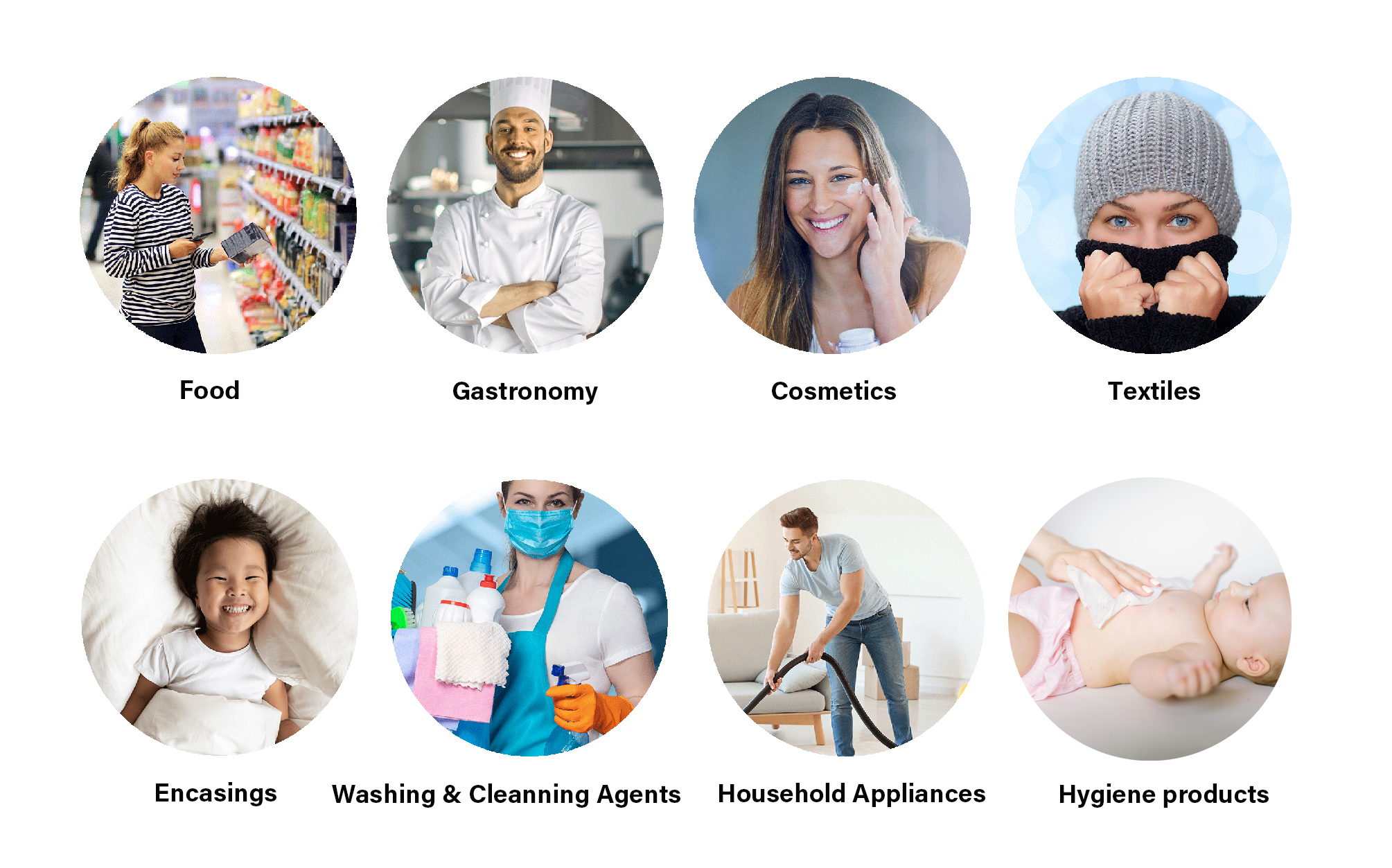What can be certified?

What are the criteria for a certification?
In order for food and beverages to be certified, at least one allergenic ingredient (e.g. gluten or lactose) must be demonstrably removed by suitable processes so that a certain limit value is not exceeded. The establishment must also have an appropriate allergen management system in place. Under certain conditions, foods and beverages that do not naturally contain the allergenic substance can also be certified.
You can find the criteria for the certification of food here.
In order for cosmetics to be certified, they must contain the 26 allergenic compounds only in very limited quantities. The Allergy Seal of Quality bans them at concentrations 10 times lower than the Swiss law.
In addition to the above-mentioned basic requirement, the claims "without perfume / without fragrances" as well as "without colorants" are checked if these claims are advertised or used on the packaging.
The criteria for the certification of cosmetics as well as a list of ingredients that are permitted only to a limited extent can be found here.
In order for technical products to be certified, allergens must be kept away from allergy sufferers in accordance with a specified percentage through removal (vacuum, washing), filtration (filtration), or retention (barrier). However, certified vacuum cleaners do not necessarily have to be equipped with a dust collection bag.
You can find the criteria for the certification of technical products here.
In order for detergents and cleaning agents (chemical products) to be certified, they must contain the 26 potentially allergenic substances only in very limited quantities. The Allergy Seal of Quality bans them at concentrations 10 times lower than the Swiss law.
In addition to the above-mentioned basic requirement, the claims "without perfume / without fragrances", "without colorants" as well as "without enzymes" are checked if these claims are advertised or used on the packaging. Unlike the 26 potentially allergenic substances, these three claims are not checked as standard.
The criteria for the certification of detergents and cleaning agents as well as a list of ingredients that are permitted only to a limited extent can be found here.
Depending on the desired claim (e.g. for sensitive skin), the applicable requirements regarding chemical and mechanical irritation of the skin must be observed. Requirements for latex and latex substitutes, silk, and textile floor coverings are also regulated.
You can find the criteria for the certification of textile products here.
In order for mite protection covers (encasings) to be certified, allergens must be kept away from allergy sufferers in accordance with a specified percentage by retaining the allergens (barrier).
You can find the criteria for the certification of encasings here.
In order for hotel rooms to be certified, they must, among other things, dispense with textile furniture and curtains. Mite-proof mattress, duvets, and pillow covers must also be provided.
You can find the criteria for the certification of hotel rooms here.